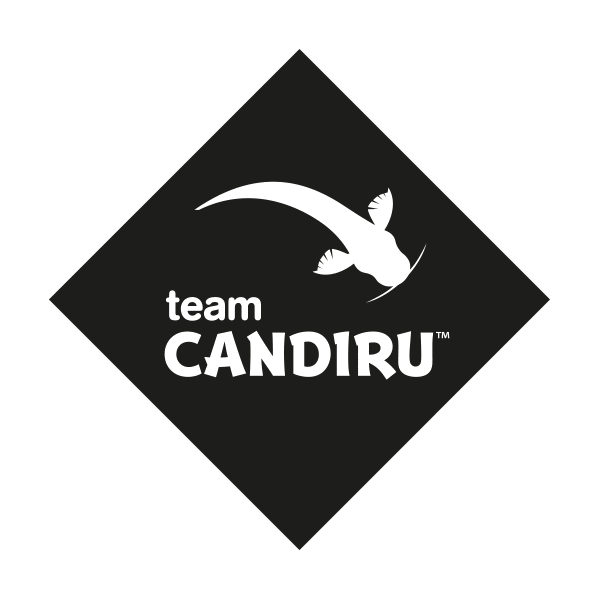Ants: The mightiest animals to have ever walked the earth.
- James Dunbar
- Nov 26, 2015
- 4 min read
I've spoken in the past about photographing insects. I've even expressed a preference for photographing ants. Ants are my favorite animals. Or rather group of animals as there are some 22,000 describes species. They are also my favorite to photograph, despite being tricky models at times (they are very small and very fast!). Thankfully they are also quite predictable, and if you are patient they will often do something interesting.

Something interesting. Like tearing something apart and eating it.
Ants are basically wasps without wings. You can see this pretty clearly when they are both in profile.


Unlike wasps, many of which are solitary, all ants are social and live together in colonies. This group living has allowed them to become very successful. They are able to work together to solve complex problems, access different resources and defend themselves from enemies- often in amazing and unexpected ways. Like the exploding ants of Borneo, which as their name suggests will blow themselves up to defend their colony from attackers. Or the leaf and grass cutting ants of the Americas, which cut up plant material to use as a substrate to grow a fungus which they eat.

In addition to building farms ants the world over also tend aphids like we tend cattle.
I think this is why I like them so much ... because this tiny sisterhood simply dominates everything. Especially in the tropics. Tropical forests are absolutely crawling with ants. They have become so successful that the only thing they actually compete with is other ants. Nothing else really makes much of a difference. The Daintree National Forest in Queensland may be famous for its Cassowaries. But the animals that you will see more than any other (other than sadly maybe cane toads) is the green tree ant. Here they are using their bodies as chains to bind leaves together to make their nests, which they do by sticking said leaves together with silk produced by their larva.

Chains of ants acting like fibres of muscle. Here they are eating some grubs, they perform a pretty essential clean up service.

Tropical ants also like to tear things apart and eat them.
Some common misconceptions about ants:
1) Ant colonies have a single queen who is the 'ruler' and sole reproductive individual. While this is true for some more advanced ant species, the reality is far more complex. Some colonies have multiple queens and in some primitive ants there is no queen. The egg laying individual is simply the strongest worker. Some ant colonies have combinations of the two, with queen and gamergates, workers that can become 'queens'. 2) Ants are mindless automatons. Not true. Each individual is completely capable of independent action. If they were mindless automatons their colony would lack flexibility and therefore strength. Ants are constantly making decisions based on their environment which influences their behavior. They have very sophisticated means of communication with others in the colony. Using pheromones (smell), touch, and even sound.

Trophallaxis. Ants sharing food and information.
The word ant is often synonymous with being tiny and insignificant. But this could not be further from the truth. All over the world they have spread. Tiny tireless engineers, building titanic skyscrapers and vast subterranean farms the mechanics of which we are only just beginning to understand. Furthermore, they were doing this for millions of years before man walked the earth. And will no doubt continue to do so long after we are gone. So in this time of ever decreasing biodiversity I take comfort in the fact that there will always be ants. They are a force of nature that man for all his destructive power can never completely destroy.
Twitter: @jamesadunbar
Instagram: @jamesdunbarphoto
What's new with Team Candiru?
As I said last week I was filming and editing talks for Communicate 2016. While there I met with the delightful Bethan John, director of Wildlands Creative. Together we will be working on a film about conserving the Caucasian Leopard. One of the rarest cats in the world. The aim of this project is to highlight the importance of having a protected corridor of land running between Armenia and Iran. Keep following us for more information!
Technical specs:
First image of M. ruginodis tearing apart a worm.
Camera: Nikon d300s
Lens: 24mm mf 2.8 prime reverse mounted on a homemade reversing ring.
Lit with a nikon SB-800 and a homemade diffuser.
Second image of an M. ruginodis in profile.
Camera: Nikon d300s
Lens: 24mm mf 2.8 prime reverse mounted on a homemade reversing ring.
Lit with a nikon SB-800 and a homemade diffuser.
Third image of an ichneumon wasp laying eggs.
Camera: Nikon d300s
Lens: Nikon 105mm
Natural light.
Fourth image of M.ruginodis with her aphids.
Camera: Nikon d300s
Lens: 24mm mf 2.8 prime reverse mounted on a homemade reversing ring.
Lit with a nikon SB-800 and a homemade diffuser.
Fifth image of the weaver ant chain.
Camera: Nikon d50
Lens: sigma 90mm macro
Lit by the on camera flash.
Sixth image of weaver ants holding down a fly grub.
Camera: Nikon d50
Lens: sigma 90mm macro
Natural light.
Seventh image of L.niger doing trophallaxis.
Camera: Nikon d300s
Lens: 24mm mf 2.8 prime reverse mounted on a homemade reversing ring.
Lit with a nikon SB-800 and a homemade diffuser.
Again please contact me for any information about photographing insects.













Comments